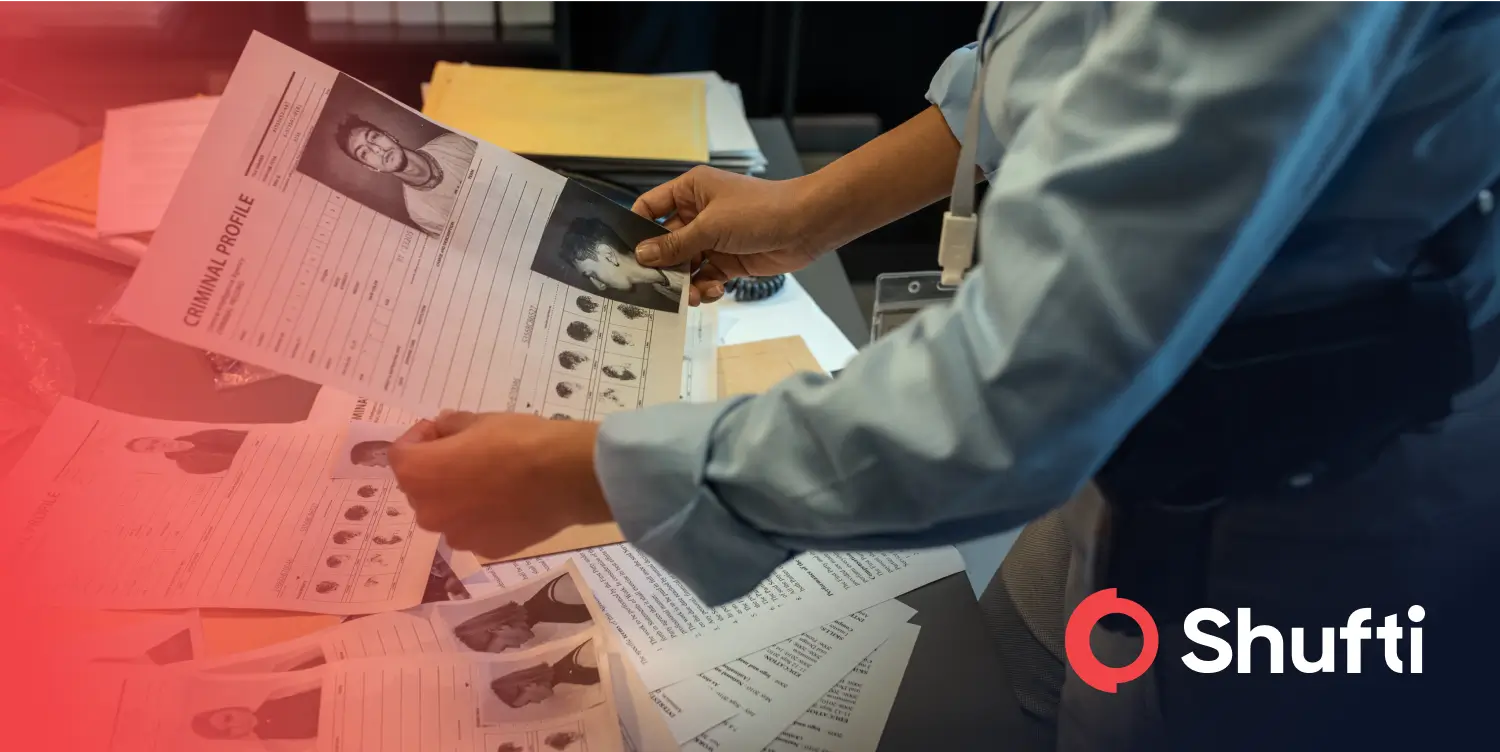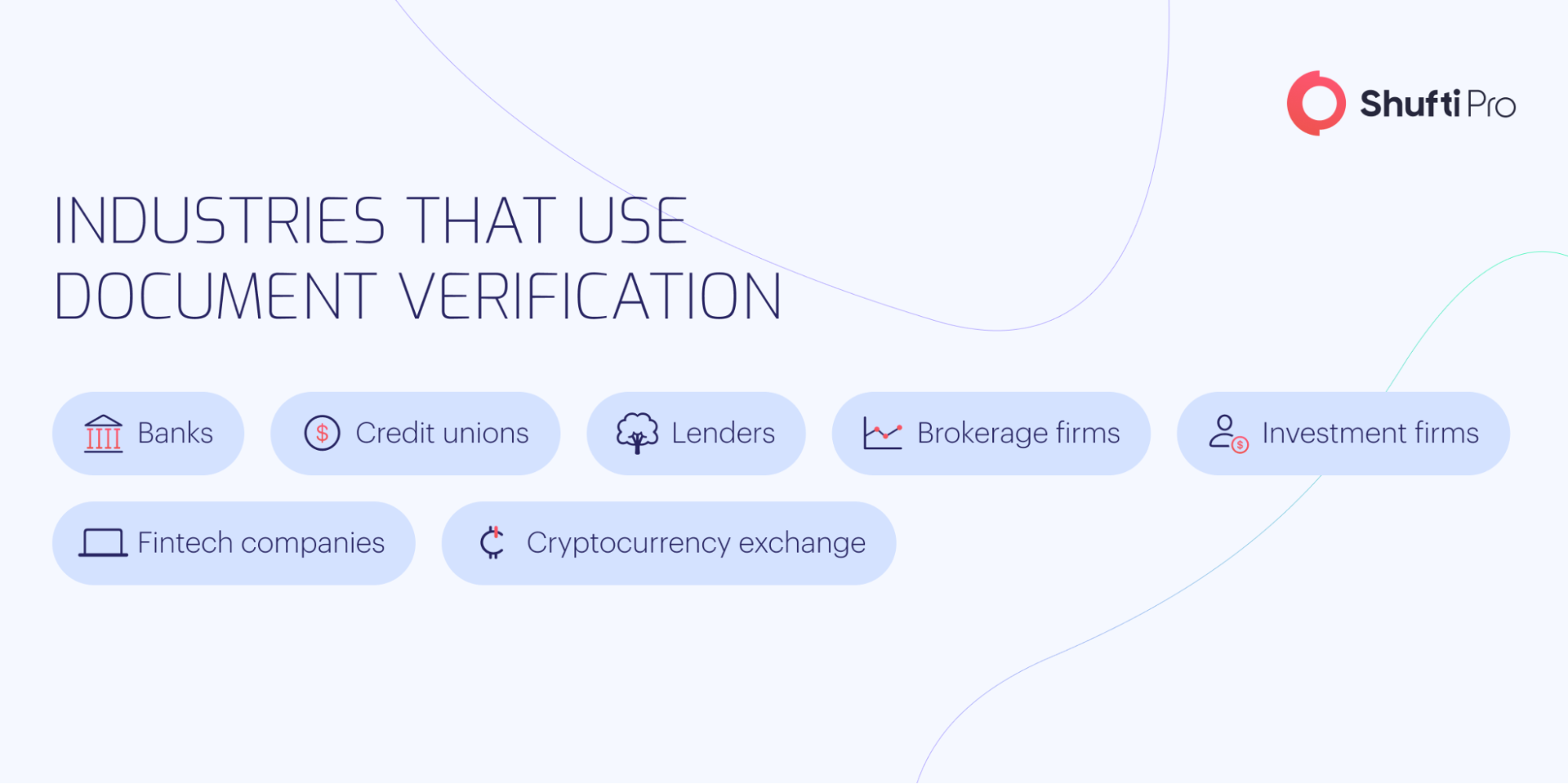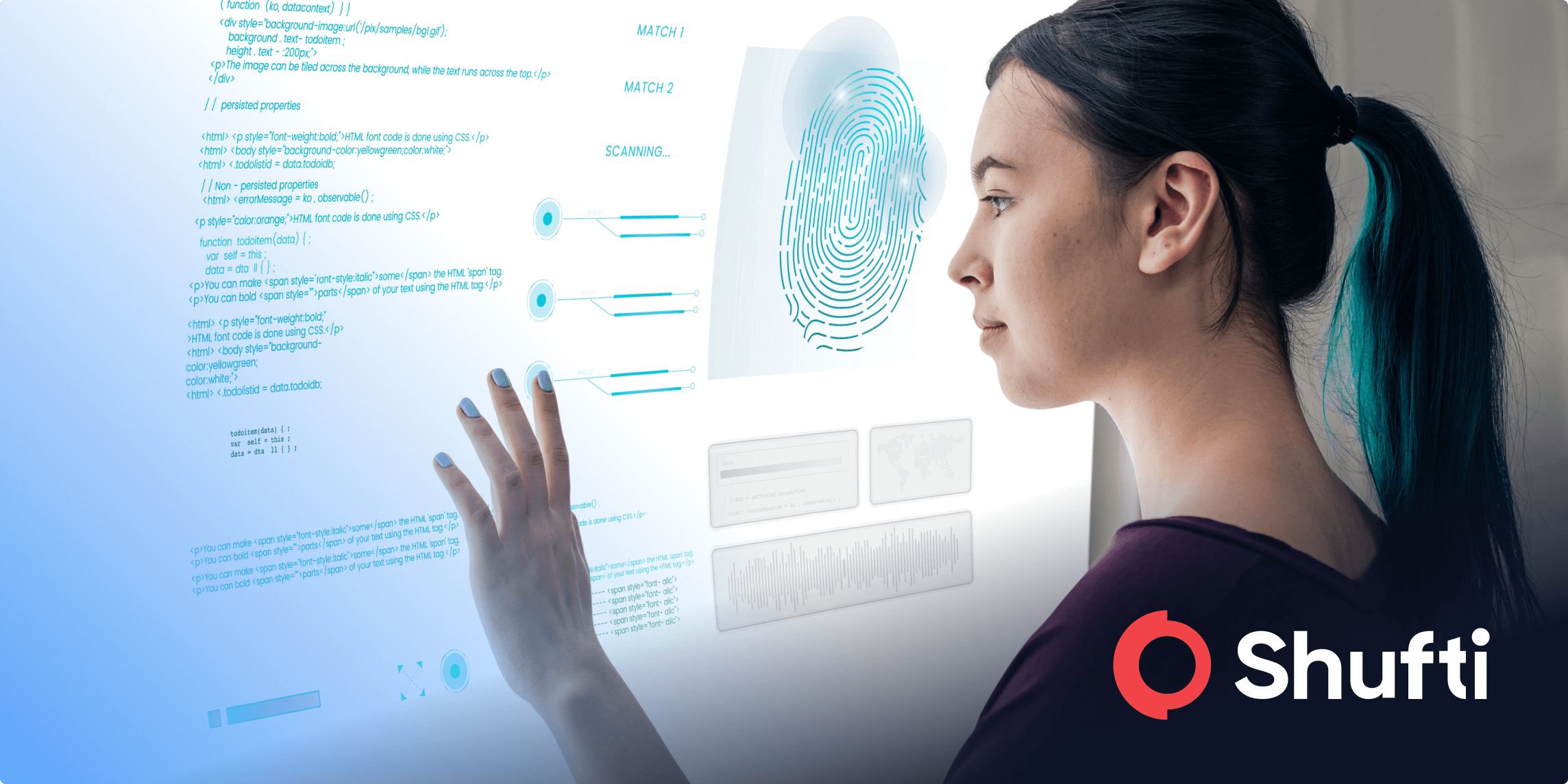A 2024 Overview of Identity Document Forgery

As technologies like artificial intelligence and machine learning have advanced, they have significantly aided businesses in creating accurate workflows and efficient data processing, resulting in better outcomes. However, technological advancements have also provided cybercriminals with more sophisticated mechanisms to carry out fraudulent activities. Fraudsters can use stolen information to pose as legitimate entities, deceiving business owners and committing criminal acts; identity fraud has become a significant threat companies face in our complex digital landscape.
The highest number of identity theft cases reported to the FTC in 2022 were related to credit card fraud, with over 440,000 incidents, as per the “U.S. News & World Report Identity Theft Survey 2023”. In the first half of 2023, 560,000 identity theft cases were reported in the United States, an alarming figure that poses significant consequences for individuals and organizations alike. Of all the states, Washington, D.C., Nevada, Georgia, Florida, and Delaware had the highest rates of reported identity theft.
A significant number of the reported cases involved document fraud, including document fabrication and solicitation These cases can have a devastating financial and psychological impact on victims and can have long-term consequences for organizations in terms of reputation and customer trust. Therefore, taking proactive measures to protect oneself and organizations from identity theft is essential.
What is Document Forgery: The Common Types
Identity document forgery is a serious crime that can have severe consequences and raise regulatory issues for businesses. By creating or altering a document, criminals misrepresent governmental/legal facts and deceive businesses for personal gain. It is now crucial for companies to be aware of document forgery and utilize robust forensic document analysis solutions, as criminals can not only create a fake document from scratch but also alter an existing document and manipulate it for their gain.
Document forgery is directly related to identity theft, as cybercriminals require data from legitimate sources to fabricate a document successfully. A criminal can infiltrate various businesses and steal identity data or use a phishing attack to extract identity data from an individual, which can then be used to create a fake identity. The stolen data is primarily used to create bogus bank statements, passports, and other legal documents, as they aid criminals in other criminal activities such as money laundering. A criminal can acquire a passport using stolen identity information and establish fake shell companies in the victim’s name. For example, an individual could obtain the personal data of a U.S. citizen and then produce a counterfeit Bulgarian passport for as little as $20.
-
Complete Fabrication
This process involves creating a document from scratch, including fake signatures, logos, stamps, and text to imitate legitimate documents. Once a criminal successfully perpetrates a phishing attack, the stolen user data can then be used to create fraudulent passports, driver’s licenses, or bank statements. Fabricating complete documents is a serious issue, as it can facilitate heinous crimes like human trafficking and aid in evading government tax by laundering the illegal proceeds of activities such as drug trafficking.
-
Counterfeiting
In counterfeiting, an authentic ID document is fabricated from scratch to grant criminal access to legal government sources or a user’s personal accounts. Using this technique, a fraudster may create fake bank documents and credentials, which they can then use to access a user’s finances. The consequences of such an act can be severe, both financially and legally, which is why it is essential to remain vigilant and protect your personal information at all times.
-
Digital Manipulation
Cybercriminals now utilize more sophisticated methods for online document forgery, which involves the use of digital data manipulation This technique can be used to modify existing documents, create fake documents from scratch, or even create documents with false information, which makes it essentially hard for individuals to differentiate between real and fake documents. The technique can be used to create fake accounts for illegal activities such as money laundering and illicit financing. Fundamentally, this technique can be used to commit fraud in almost any industry by creating fake accounts.
-
Patchwork Forgery
This document forgery technique involves the creation of a totally new document by utilizing multiple documents from legitimate users. Simply put, the patchwork technique allows criminals to fabricate a new identity by manipulating users’ existing data. A significant application of this technique also lies in using a victim’s personal data to perform legal actions illegally for personal benefit without the consent of the actual user. For example, a genuine signature might be copied onto a fabricated ID card, or a bank statement may be altered with information from another document.

Document Fraud in 2024: Identifying Key Influencers
There has been a significant increase in digital document forgeries, with national IDs being the top documents targeted, accounting for a significant portion of document fraud, while the number of physical counterfeits has been declining. The increased reliance on digital documents has provided cybercriminals with an open opportunity to leverage consumer data for illicit purposes, leading to an increased risk of identity theft and ultimately facilitating the forgery of documents. Organized crime organizations are more sophisticated than ever, with advanced networks established on robust technological infrastructures precisely placed to aid criminals in committing fraud more effectively.
-
Rise in Low-Code Document Manipulators
Cybercriminals, particularly fraudsters and scammers, leverage available technologies to enhance their fraud-perpetrating mechanisms. Unfortunately, the advent of low-code and no-code platforms has facilitated the proliferation of fraudulent activities by non-professional criminals. Specifically, they target unsuspecting elderly individuals who often lack the technical knowledge to differentiate between authentic and fabricated digital documents. These low-code platforms are designed with a primary focus on drag-and-drop mechanisms, which enable efficient manipulation of various digital documents such as images, PDFs, and more in significantly less time.
-
High-Value Document Fraud
As the trend towards digitization continues to grow, a majority of business processes are now carried out electronically. Consequently, important financial, legal, and personal documents have also been digitized and can now be easily accessed via cloud-based infrastructure. Although opting for the digital existence of documents provides users with heightened security against various threats, the possibility of fabrication and document forgery still poses a significant risk. There is a significant risk that high-profile companies and users may fall victim to a cybersecurity breach that could result in the theft, alteration, or fabrication of important documents.
-
Increased Regulatory Scrutiny
Globally, the heightened risk of money laundering and terrorist financing activities being facilitated through the use of fraudulent documents has raised serious security concerns. As a result, regulatory bodies have taken steps to combat these illicit activities and neutralize their impact. Global regulatory bodies such as the Federal Trade Commission (FTC) and the FBI’s Internet Crime Complaint Center (IC3) impose strict regulations on businesses regarding document verification. Companies specializing in identity verification (IDV) and document forged forensic verification are being endorsed by these regulatory bodies to improve the verification processes for effective threat prevention.
Shufti’s Document Verification for Advanced Security
Shufti offers IDV solutions that help businesses verify individuals’ identities, check legal documents, and comply with KYC/AML regulations. Our automated verification solutions help companies reduce costs on security and compliance by verifying users effectively at the time of onboarding, ultimately yielding better results that can be utilized to further upscale the business. With an accuracy of upto 99%, our document verification solutions verify documents within seconds, allowing businesses to comply with KYC/AML regulations, reduce client abandonment rates, boost conversions, and create a convenient user experience
Still unsure about how robust document verification provides better security?











